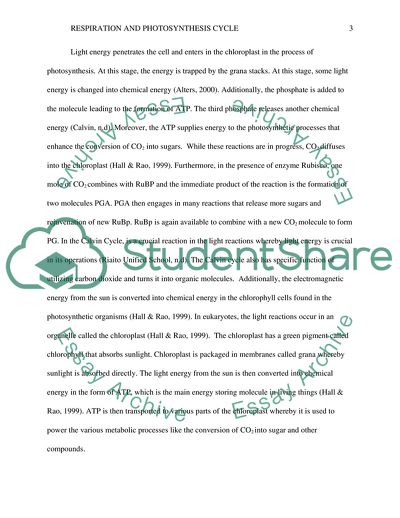Cite this document
(Respiration and Photosynthesis Cycle Essay Example | Topics and Well Written Essays - 1500 words - 1, n.d.)
Respiration and Photosynthesis Cycle Essay Example | Topics and Well Written Essays - 1500 words - 1. https://studentshare.org/biology/1863733-respiration-and-photosynthesis-cycle
Respiration and Photosynthesis Cycle Essay Example | Topics and Well Written Essays - 1500 words - 1. https://studentshare.org/biology/1863733-respiration-and-photosynthesis-cycle
(Respiration and Photosynthesis Cycle Essay Example | Topics and Well Written Essays - 1500 Words - 1)
Respiration and Photosynthesis Cycle Essay Example | Topics and Well Written Essays - 1500 Words - 1. https://studentshare.org/biology/1863733-respiration-and-photosynthesis-cycle.
Respiration and Photosynthesis Cycle Essay Example | Topics and Well Written Essays - 1500 Words - 1. https://studentshare.org/biology/1863733-respiration-and-photosynthesis-cycle.
“Respiration and Photosynthesis Cycle Essay Example | Topics and Well Written Essays - 1500 Words - 1”. https://studentshare.org/biology/1863733-respiration-and-photosynthesis-cycle.


